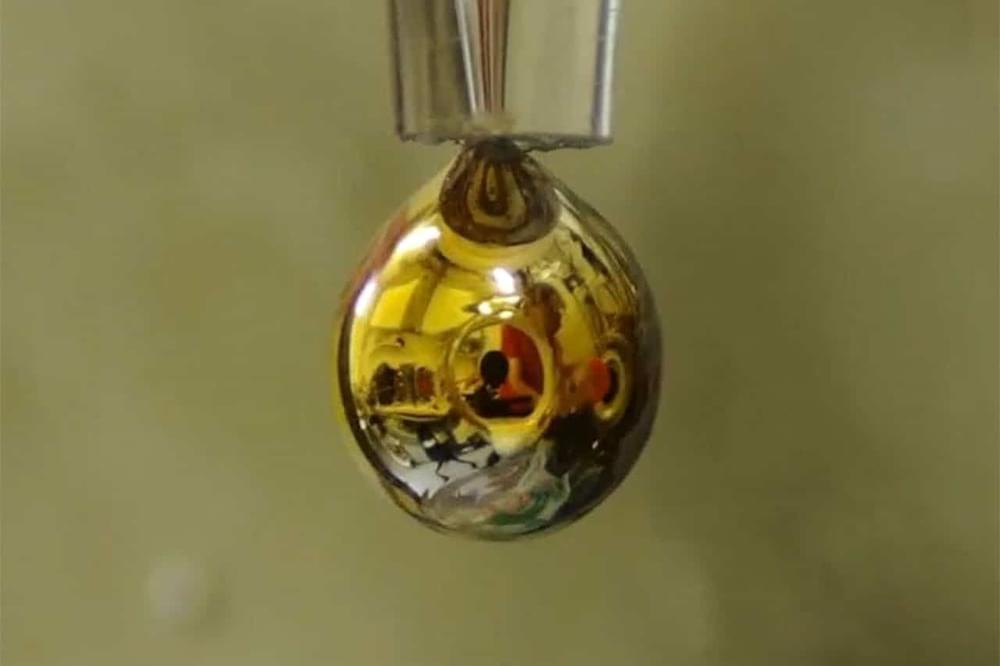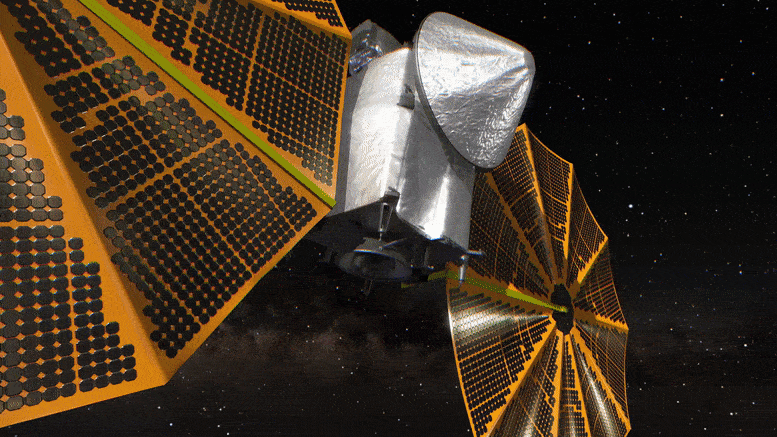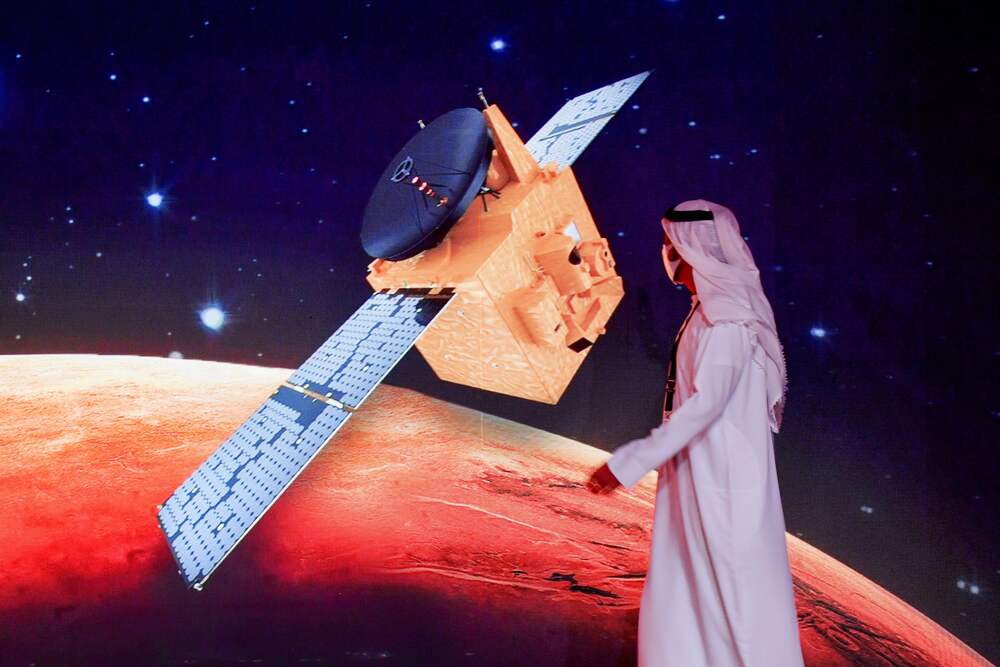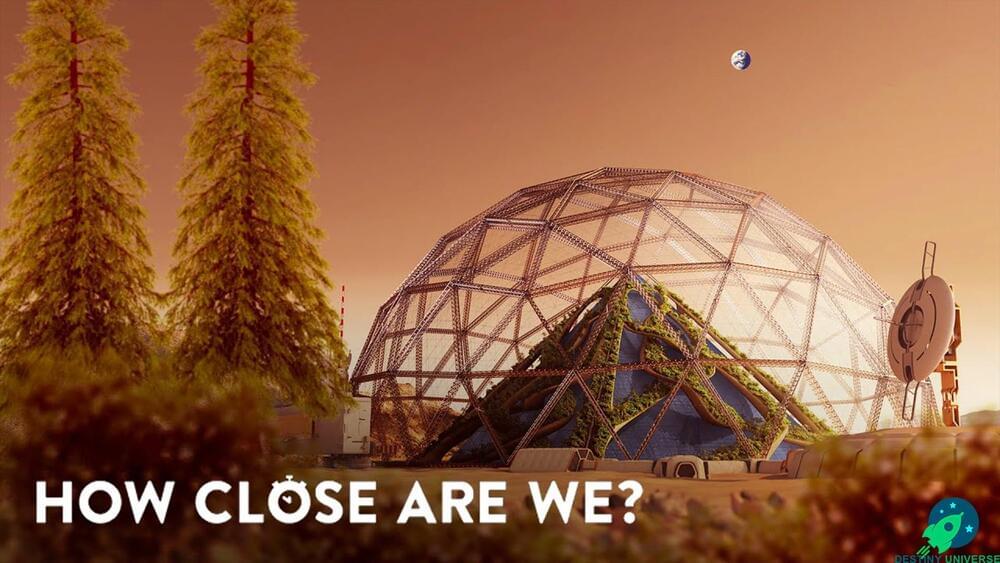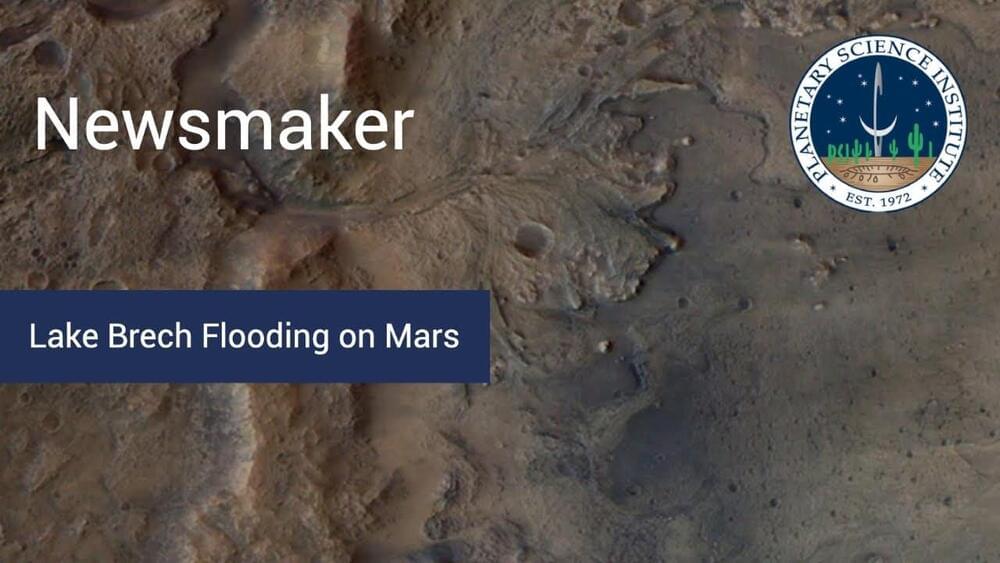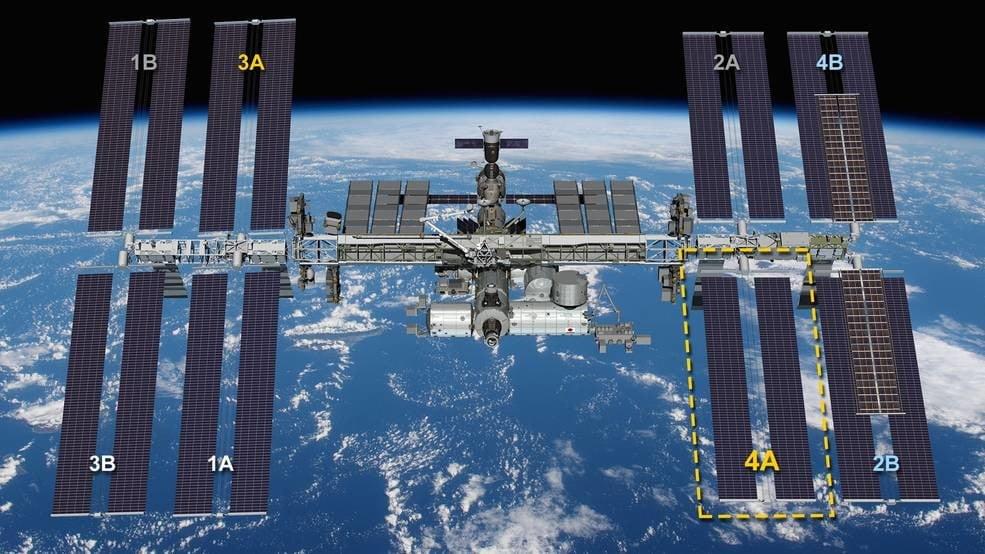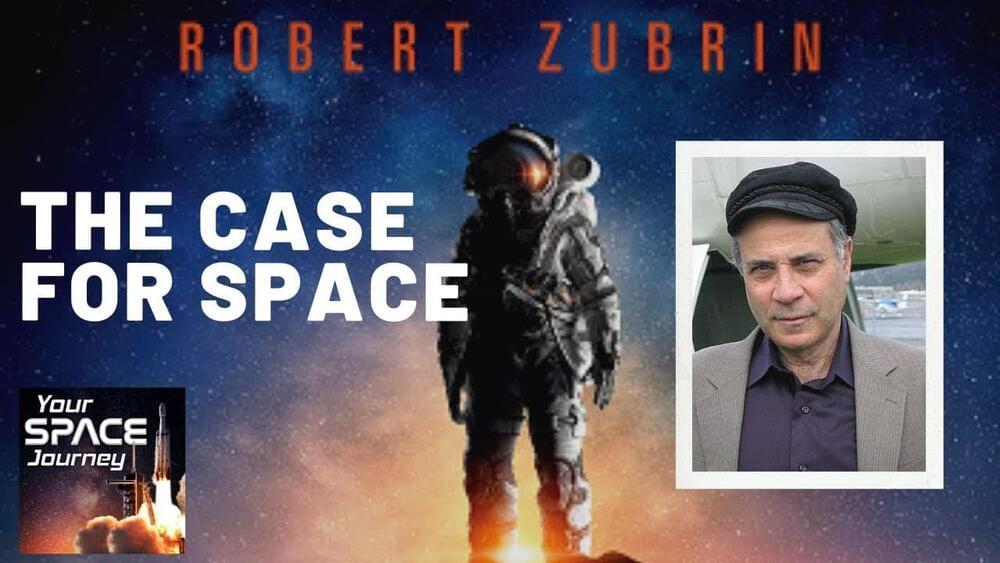It is a well-known fact that pure, distilled water is an almost perfect insulator and does not conduct electricity. It consists of H2O molecules that are loosely linked to one another via hydrogen bonds. However, any impurities, like salts, in the water enable it to conduct electricity. To create a conduction band with freely moving electrons, water would have to be pressurized to such an extent that the orbitals of the outer electrons overlap, something that only exists deep inside of large planets such as Jupiter.
Now, a team of researchers from 11 institutions around the world have used a completely different approach to create metallic water for the first time. They have achieved that feat by forming a thin layer of gold-colored metallic water on the outside of a droplet of liquid metal and documented this phase transition at the BESSY II facility in Berlin.
The key to the breakthrough was to pair the water with alkali metals, which release their outer electron very easily.
